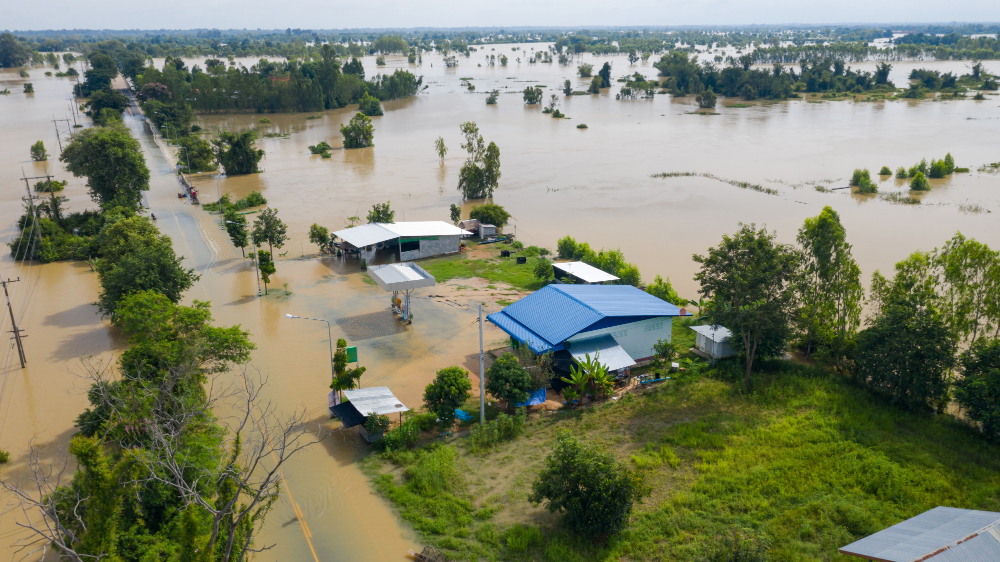How to Protect Your Assets, Even When Disaster Strikes
You often cannot predict when a natural disaster will strike. While we often know when a hurricane will hit land, it can be difficult to tell it’s trajectory after it lands and how devastating it will be.
The same is true of wildfires. Authorities often send out alerts stating where a wildfire is located, but they can’t project which way the winds will turn the flames.
This is why planning to protect your assets from a natural disaster needs to be performed as soon as possible. After the disaster is in full swing, it is far too late.
The following list is not all-inclusive, but rather, is a good start and will go a long way towards protecting your valuable family and business assets.
#1 – Protect Your Property and Contents
Regularly going over your insurance policies with your agent is a good idea. Remember that homeowners insurance does not cover floods or earthquakes. Speak to your agent to decide if these policies are a good idea. Double-check that your deductibles are reasonable for your income and that the damage dollar limits will be sufficient to replace your home or business and the contents.
#2- Store Documents in a Safety Deposit Box
Important documents, such as insurance policies, legal documents, deeds, power of attorney, Social Security cards, bank information, wills, and other important documents should be kept where they will be protected. A safety deposit box at a bank branch outside of town or keep these documents in fireproof, waterproof safes at home.
#3 – Take Videos or Pictures of Your Property
On a beautiful, sunny day, be sure to take videos or pictures of your home, outbuildings, pools, etc. Be sure to film the inside of your home, so insurers can see the quality and condition of your furniture, special features, electronics, and other items. If you have some very expensive items., be sure to film those as well (or take photos). Items such as expensive jewelry, mink coats, or a coin collection. Consider storing this video or the photos on the cloud. This way those photos are protected and you or your insurance agent can access them from any location.
#4 – Tell a Trusted Person
If the worst should happen and you don’t make it or if you are hospitalized and unable to speak or communicate, how will your loved ones know where your documents are stored? The password to the cloud service you’ve stored photos on? Be sure to tell someone you trust this information. This might be your insurance agent, your spouse, or your family member who lives in another state. Consider that anyone close to your location will also be involved in the disaster, so choosing someone who lives elsewhere is always a good choice.
#5 – Life Before Property
Keep in mind that, if authorities tell you to evacuate, follow their direction immediately. Your life and the life of your family matters far more than any piece of property or asset. You can create an emergency bag or bug out bags for every member of your family. If you need to leave your home quickly, or if the authorities tell you that you must evacuate, you can grab your bags and be out the door in a few minutes. Never risk lives to save property. Property can be replaced.
Do these things today while you are thinking about it. Preparedness is key. Tomorrow or next week might be too late.
